This is the ultimate beginner’s guide to blending essential oils to make your own perfume. Get to know the various essential oil categories (citrus, spicy, herbaceous, woodsy, floral, etc) and how they complement each other, discover exactly what top, middle and base notes are, and how to blend them together for a perfectly balanced perfume.
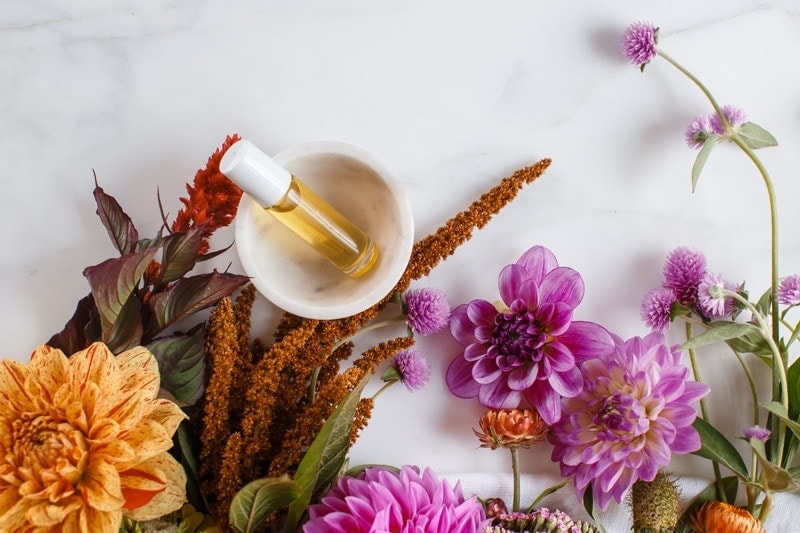
The beautiful thing about essential oils is that they can be used for purpose or pleasure – i.e., therapeutically, or as a perfume! And today we’re looking at how to create the most beautiful bespoke blends, consciously combining and layering oils synergistically from complementary categories, in ratios that give a complex and lasting scent.
First of all – although I’m going to show you a few methods to follow here - there is no right or wrong way to do this – you can simply blend up a personal fragrance based on your own favourite scents – and away you go!
But if you want to get into the nuts and bolts of it, then let’s make a start!
[bctt tweet="The ultimate guide to making your own perfume with essential oils, find it here!" username="laurenglucina"]
Here are the general steps involved in making your own perfume blend:
- Start with an intent – how would you like to feel? What type of perfume do you want to create? Romantic and floral? Sensual and spicy? Playful and fun?
- Select a range of oils you like from complementary categories
- Sort your selections into top, middle and base notes, then create a ‘recipe’
- Select your carrier oil
- Add your oils to the carrier oil in the appropriate dilution
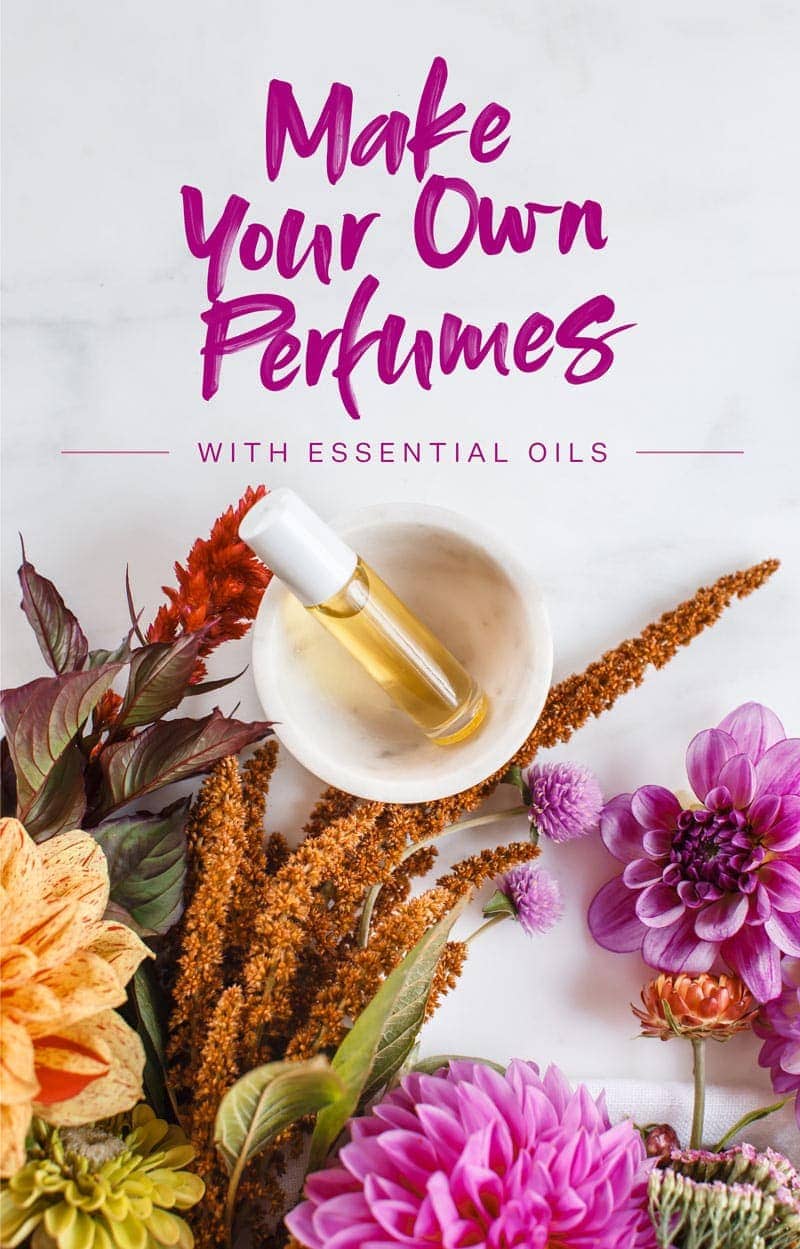
Start with an intent
Starting your bespoke essential oil perfume blends with an intention helps set the compass so to speak. Think of the end result – how do you want to feel? What kind of a mood, feeling, emotion, theme or scent do you want to create?
Is your blend to fit a season, a special occasion, or every day? Just start somewhere, you can refine as you go.
I’ll go first – for the purpose of today – I want to create a signature summer scent – something uplifting, feminine, and happy.
Essential oil categories
Essential oils can be loosely ordered into categories – I say ‘loosely’ as some fit into multiple categories.
Once you have an idea of what you’d like to create, it’s easy to select appropriate oils based on their categories. For example, for my signature summer scent, I might look at the citrus and floral categories as a starting point.
Citrus
- Citrus oils smell light, fruity and clean, they are uplifting (thanks to the limonene they contain), and are almost always top notes
- Examples are Wild Orange, Lemon, Lime, Bergamot, Grapefruit
Spicy
- Spicy oils are warm-smelling, and some are described as balsamic, which means they tend to have a richer earthy/woodsy note with a sweet vanilla-like tone. They are aldehyde and phenol-rich, with a restorative quality to them
- Examples are Cinnamon, Cassia, Clove, Cardamom, Black Pepper, Lemongrass, Oregano, Thyme, Cumin
Herbaceous
- These oils are fresh, sharp, tonifying and clarifying. They are often middle notes
- Examples are Rosemary, Basil, Thyme, Marjoram, Patchouli, Cypress
Woodsy
- Woodsy scents are derived from trees, they are grounding, centring, strengthening, soothing. They’re also often base notes
- Examples are Arborvitae, Cedarwood, Sandalwood, Siberian Fir, Cypress, Copaiba
Resinous
- The resins come from wounded trees – so I like to think of them supporting the healing of our own inner wounds. They’re rich, deep, ancient, very special oils
- Examples are Frankincense, Myrrh, Benzoin
Earthy
- Earthy essential oils are often derived from roots and rhizomes. Earthy scents are reminisce of freshly dug roots, earth and soil, moss and damp leaves. They’re comforting, grounding, stabilising – and are typically base notes
- Examples are Vetiver, Ginger (which is also ‘spicy’), Clary Sage, Patchouli, Myrrh
Floral
- Floral oils tend to be soft, sweet and powdery. They can be nurturing, calming, passionate. Usually middle notes – and not often a category the lads are drawn to!
- Examples are Geranium, Rose, Lavender, Ylang Ylang, Jasmine, Roman Chamomile
Medicinal/Camphoraceous
- These scents indeed smell medicinal! They’re strongly aromatic, stimulating, invigorating, vitalising. You might also see them referred to camphoraceous scents which just means they contain a good amount of cineol
- Examples are Eucalyptus, Tea Tree, Rosemary, Marjoram, Sage, Cajuput, Myrtle
Minty
- Minty essential oils are also strongly aromatic, uplifting, invigorating, cooling. Often top or middle notes
- Examples are Peppermint, Spearmint, Wintergreen
Essential Oil Synergies
Some oils have the ability to enhance the effect on each other when they are blended together, that is – they create a synergy.
A synergy can be described as the whole being greater than the sum of its parts.
Once you’ve identified a few categories, you can review whether they will be complementary in scent to each other.
Here are some examples of essential oil categories that have great synergy:
- Citrus: blends well with other citrus + floral + minty + spicy + woodsy
- Spicy: blends well with other spices + citrus + floral + woodsy
- Herbaceous: blends well with other herbs + mints + woodsy
- Woodsy: blends well with other woods + citrus + spicy + floral
- Resinous: blends well with other resins + woodsy + citrus + spicy
- Earthy: blends well with other earth scents + woodsy + mints
- Floral: blends well with citrus + mints + woodsy + spicy
- Medicinal: blends well with other medicinals + woodsy + herbaceous + citrus
- Minty: blends well with other mints + citrus + herbaceous + woodsy
Top, Middle and Base Notes: creating your recipe
Now that you have a selection of synergistic oils, you can move on to create a ‘recipe’ for your blend.
Perfumery is divided up into top, middle and base notes.
- Top notes:are extremely small in molecular size and tend to evaporate off quickly. They are light and fresh and often the first scent you smell. The citrus family (Wild Orange, Bergamot, Lemon, Lime) are examples of top notes
- Middle notes: are slightly larger (and therefore, heavier) molecules, lingering longer than the top notes. They are usually the heart of the fragrance. Florals (Rose, Jasmine, Ylang Ylang) are examples of middle notes
- Base notes:are the heaviest molecules, they are slow developing and long lasting. Woods and earthy scents are examples (Cedarwood, Sandalwood, Vetiver)
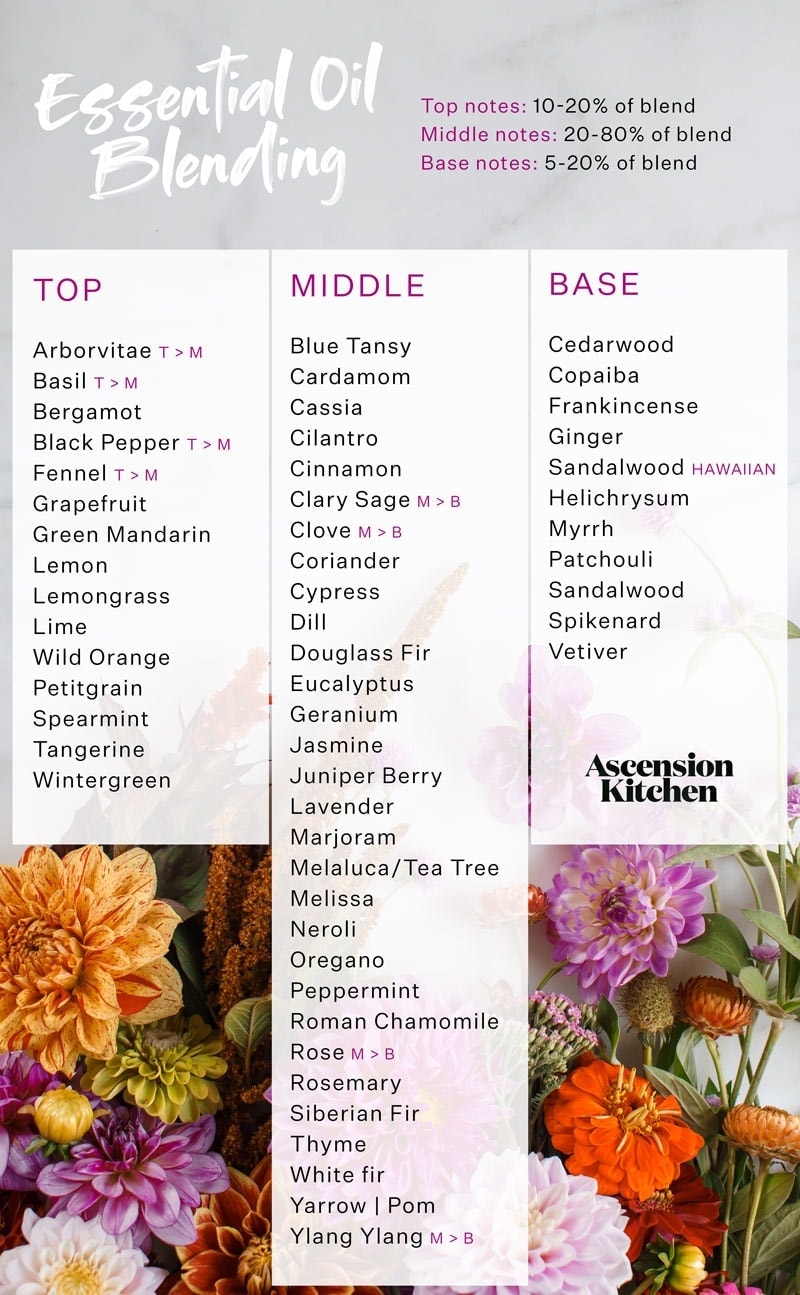
How much to use of each?
As a general guideline:
- Top notes: 5-20% of the blend
- Middle notes: 50-80% of the blend
- Base notes: 5-20% of the blend
How to create the perfect essential oil blend
Start by blending up a small amount to see if you like the scent, 5 drops total is a good start. If you’re happy, you can multiply out as needed, however if you’re using a 10ml roller ball for your perfume, 9-10 drops is a 3% dilution which is safe and appropriate for adult daily use.
Here’s the recipe I’ve made for my signature summer scent:
- Wild Orange (uplifting citrus, top note): 1 drop (20%)
- Geranium (feminine floral, middle note): 3 drops (60%)
- Siberian Fir (fresh woodsy, base note): 1 drop (20%)
Choose your carrier oil
Nearly there! Oils should be diluted before applying to the skin, but before we get into dilution ratios, you’ll need to pick a carrier oil.
For most applications, I recommend doTERRA’s Fractionated Coconut Oil, as it is lightweight, scent free, and non-greasy.
Feel free to use apricot, jojoba, macadamia nut oils – they’re all good options. I wouldn’t suggest almond oil as it could interfere with your desired scent.
If you’re after a vanilla undertone, you could try infusing your own carrier oil with whole, sliced vanilla beans for 4-6 weeks (then strain ready for use).
Ermahgerd delicious!!!
Appropriate dilution
Follow a dilution chart to ensure you use the appropriate amount of essential oils to carrier oil.
Generally speaking, a 2-3% dilution is safe and appropriate for everyday use on the skin (adults).
doTERRA suggest you can go as high as 1 drop of essential oil to 3 drops of carrier oil.
I suggest sticking to a small surface area of skin when using oils at this ratio, such as your pulse points. Further, please avoid these higher dilutions in vulnerable groups such as children and the elderly.
Throw the rules out the window
Remember what we said at the beginning? There are no rules! These are fun guidelines to experiment with, but at the end of the day, if you like a blend of oils that are seemingly random – go for it! You may even prefer to wear just one.
I love Blue Tansy solo – epic!
How to start with doTERRA to get oils at the best value price
Because we'll be using essential oils topically, on your skin, you're going to want to ensure they are the absolute best quality and potency. This is why I trust and stand behind doTERRA. Their stringent third party testing (via APARC) is published as a report available for the public to see - so we have full transparency with every single batch produced.
The best way to get started with them is to purchase a kit, which waives the membership fee and gives you a cost saving on a group of carefully curated oils. You can't go wrong with the Nature's Solutions Kit (Aus/NZ), which is known as the Natural Solutions kit over in the US.
I'd love to invite you to join me in living a toxin free life, and enjoying the gifts these plant extracts have to offer.
Buy doTERRA essential oils here.
You can enrol yourself within minutes. Afterwards, I'll be in touch to welcome you to the community and provide additional resources and support.
Ok, hope you enjoyed that – please share your favourite blends below!
Lauren.
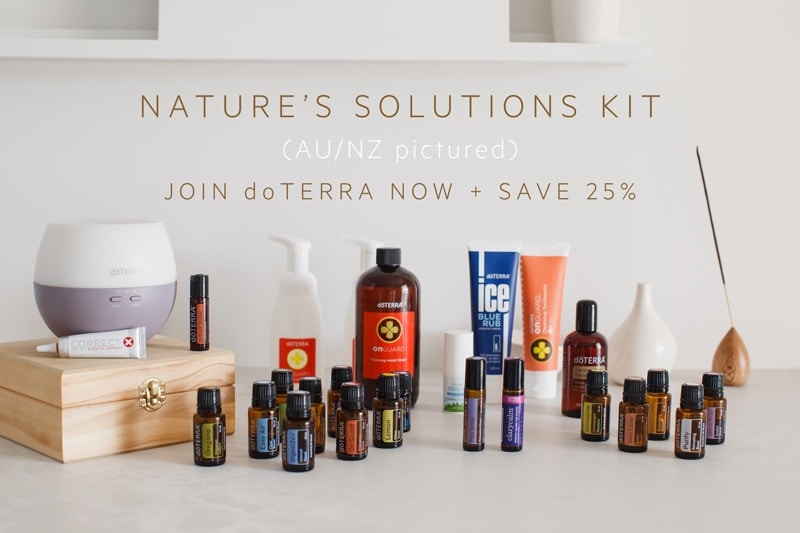

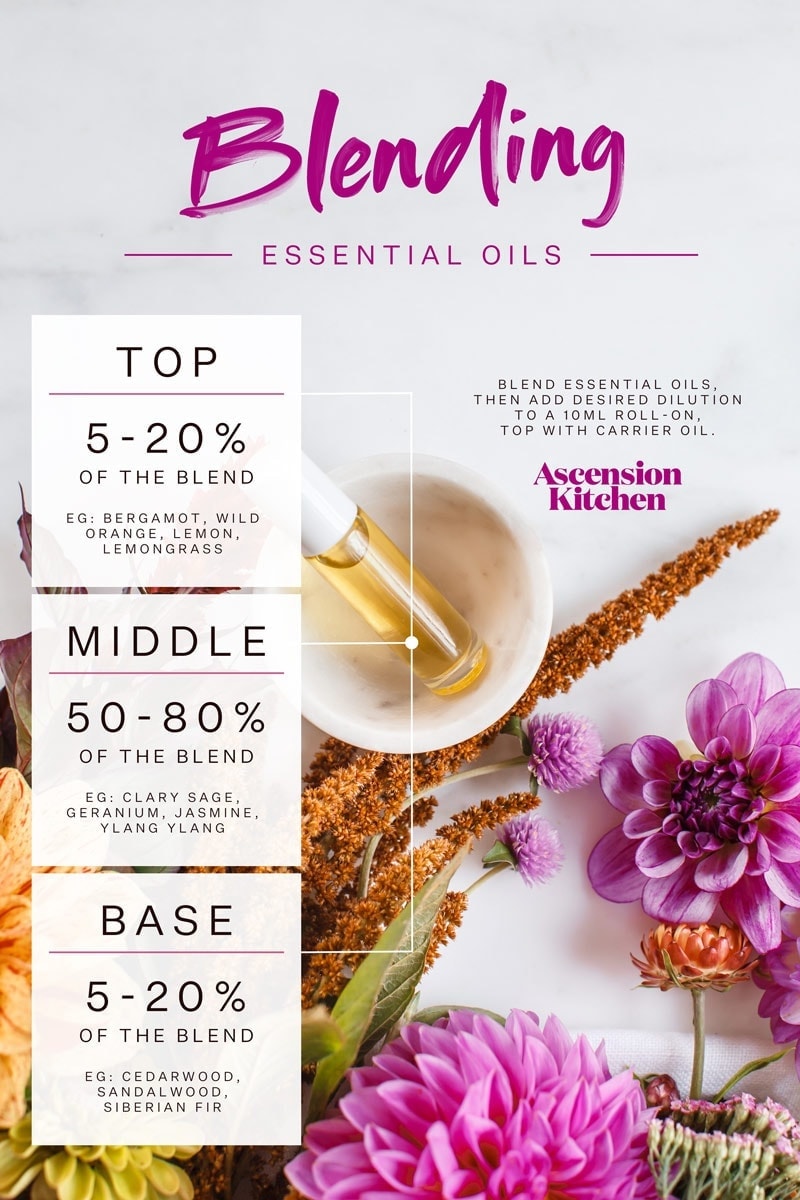
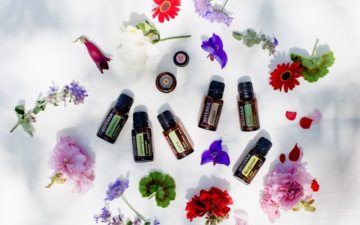
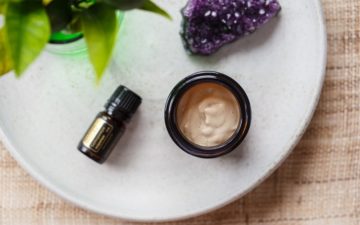
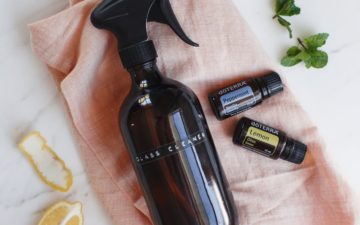
Ask me anything